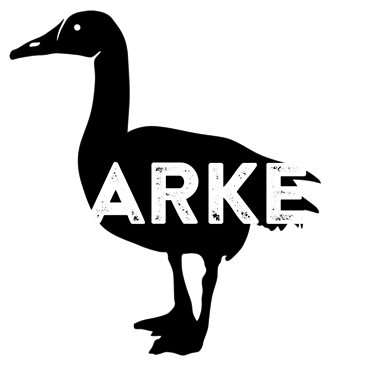How does the "just add water" brine kit work? Get the answers to this and more: Thanksgiving FAQ.
Roasting Raw Whole Turkey
Watch Chris' brining & roasting video and get his turkey brining recipe.
Let your turkey come to room temperature (about 1 hour) and warm your oven to 375°F. Roast the bird for about 20 minutes then lower oven temperature to 325°F. Bake until skin is a light golden color then cover loosely with foil. During last 45 minutes of baking, remove the foil to finish browning skin. Basting isn't required but promotes even browning. When the turkey is done, remove it from the oven and allow to it stand loosely covered with tin foil for 20-30 minutes before carving. This allows the juices to redistribute throughout the meat and makes for easier carving. The only true test for doneness is the temperature of the meat (not the color of the skin or juices). The turkey is done when the meat reaches an internal temperature of 165°F. To get an accurate reading, be sure that your thermometer is not touching the bone.
Whole Smoked Turkey or Smoked Turkey Breast
Your smoked turkey is fully cooked. If you'd like to serve it warm, here’s how we recommend heating it up.
1. Store your smoked turkey in the fridge. Remove it and let sit uncovered at room temperature for about 1 hour.
2. Heat oven to 300-325°F. Rest the turkey/breast in the rack of a roasting pan. (Optional: drizzle stock, cider, or beer over the turkey/breast.)
3. Cover turkey/breast and roasting pan with a loose "tent" of aluminum foil, and seal edges of aluminum foil tightly around rim of roasting pan. Heat the turkey/breast to an internal temperature of about 160-165°F. On average, it will take about 17 minutes per pound to warm your smoked turkey/breast to this internal temperature. Remember that your smoked turkey/breast is fully cooked--warming it to this internal temperature will help ensure that it's hot throughout.
4. Remove the turkey/breast from the oven and carefully remove the tin foil. Baste the skin with butter and/or stock and drippings from the pan.
5. Increase the oven temperature to 425°F and pop the uncovered turkey/breast back in the oven until it begins to show your desired shade of browning.
Raw Turkey Breasts (bone-in/less, skin-on/less):
https://www.gordonramsay.com/gr/recipes/turkey-breast-and-gravy/
https://www.foodandwine.com/recipes/turkey-breast-with-mustard-sage-crumbs
https://healthyfitnessmeals.com/roasted-turkey-breast/
https://www.foodnetwork.com/recipes/ellie-krieger/herb-roasted-turkey-breast-recipe-1947374
City Ham
and
Black Apple Ham
Your ham is fully cooked. If you'd like to serve it warm, here’s how we recommend warming it up…
1. Preheat oven to 325 F.
2. Unwrap ham and place in shallow roasting pan on roasting rack. Pour any juices from the ham package over the ham.
3. Cover bottom of pan with a little water. (Optional: instead of water, use fruit juice, stock, cider, or wine..)
4. Cover ham and roasting pan with a loose "tent" of aluminum foil, and seal edges of aluminum foil tightly around rim of roasting pan. Bake for approximately 12-15 minutes per pound.
5. With about 30 minutes left in heating time, remove ham from oven and baste with juices from pan. Return ham to oven uncovered and continue heating. Basting can be repeated several times during those last 30 minutes.
6. Final internal temperature of ham should reach 140 F. Remember, ham is already fully cooked, but heating to this temperature helps ensure it’s warm throughout.
7. Remove ham from oven and allow it to rest for 15 minutes before slicing.

